How to use our lessons to meet your goals!To help you understand the features of our lessons and how they can help you help your students, we've put together this overview of our lesson structure and features. The predicable format makes planning easier and gives you the flexibility you need to implement lessons in a way that works for your educational enviornment. Read on for information about:
0 Comments
Your comment will be posted after it is approved.
Leave a Reply. |
Details
Meet Beth and Curtis!Presidential Award-Winning teacher and hula hoop fanatic, Beth loves bringing real world science to kids! Beth is fascinated by engineering challenges, technology, and outdoor learning spaces. After 25 years teaching kindergarten, she’s excited to share her passion and experience on-line with classrooms from around the world! Archives
May 2021
Categories
All
|
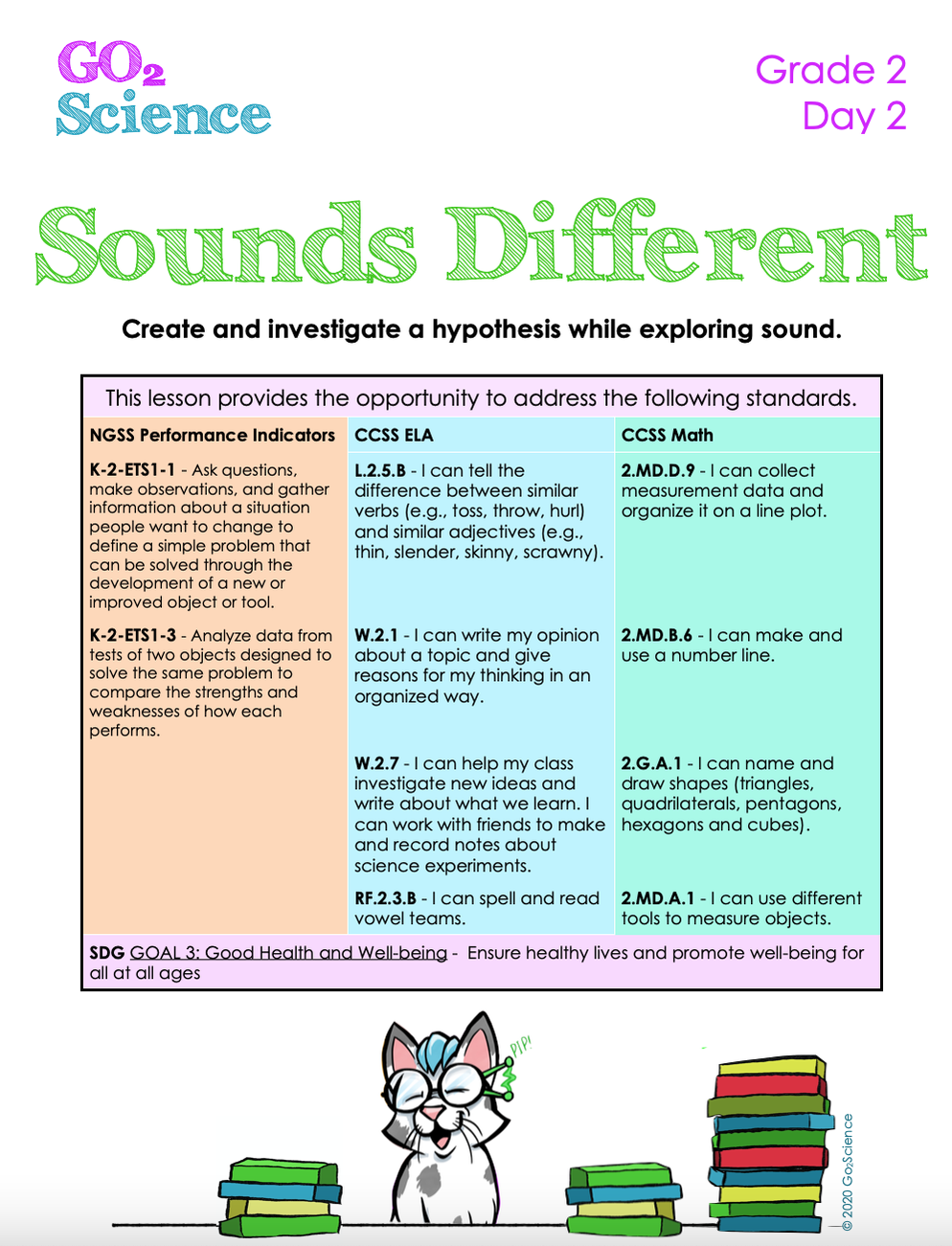
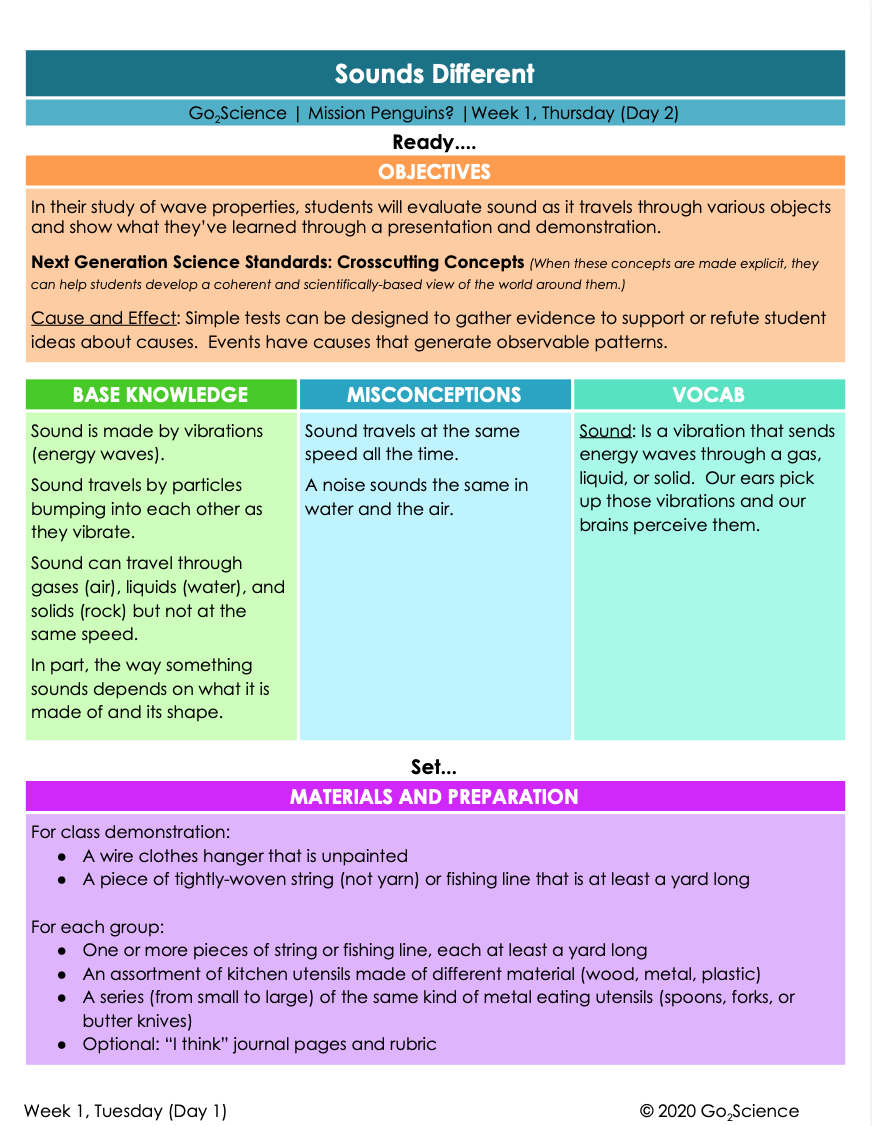
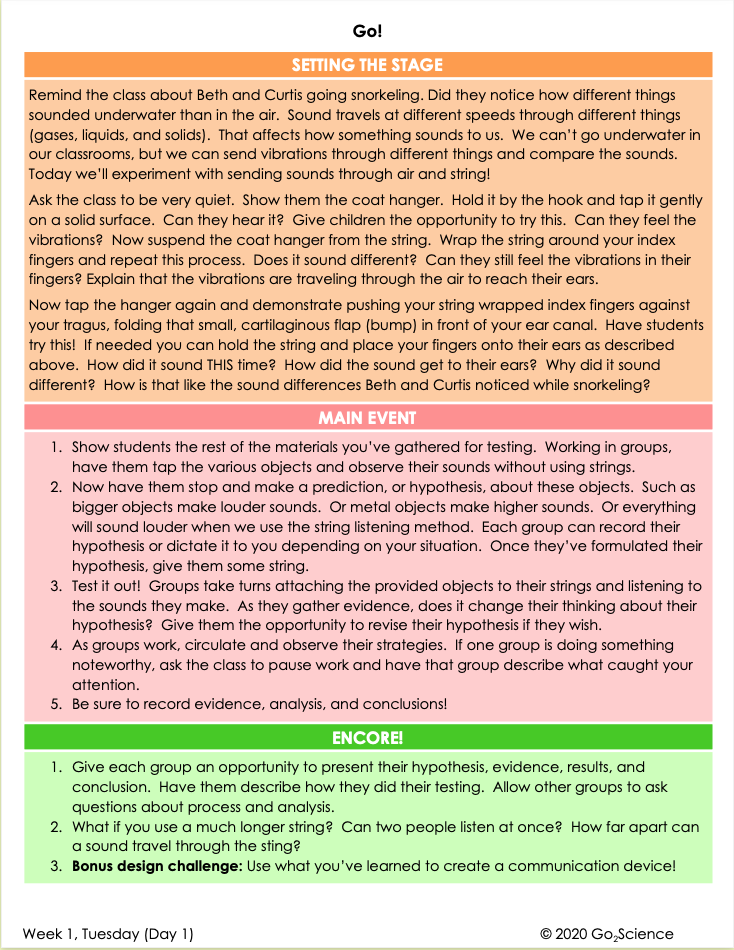
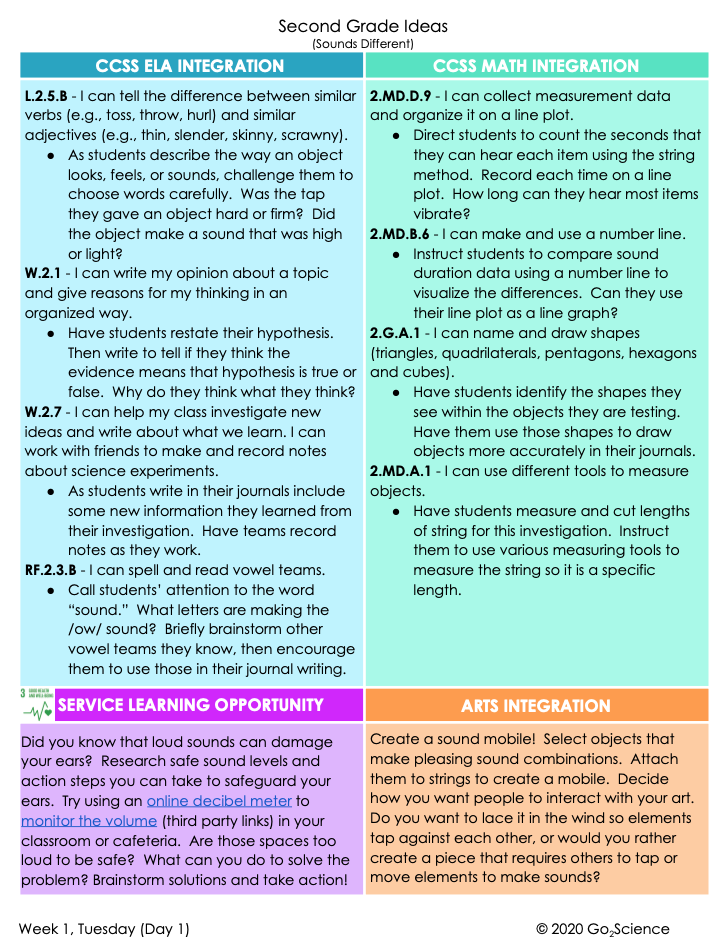
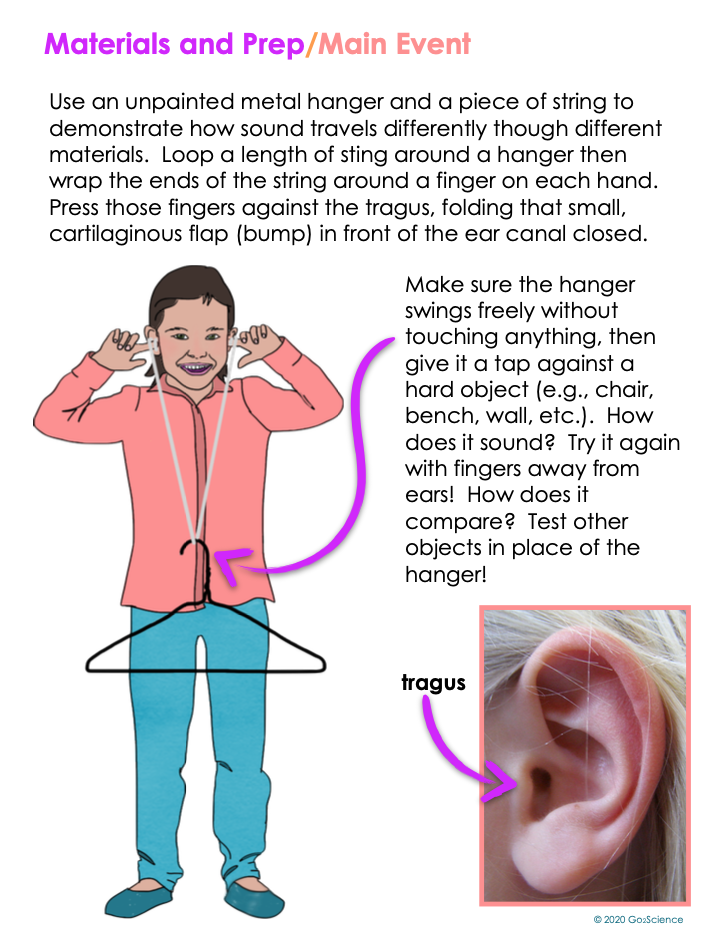
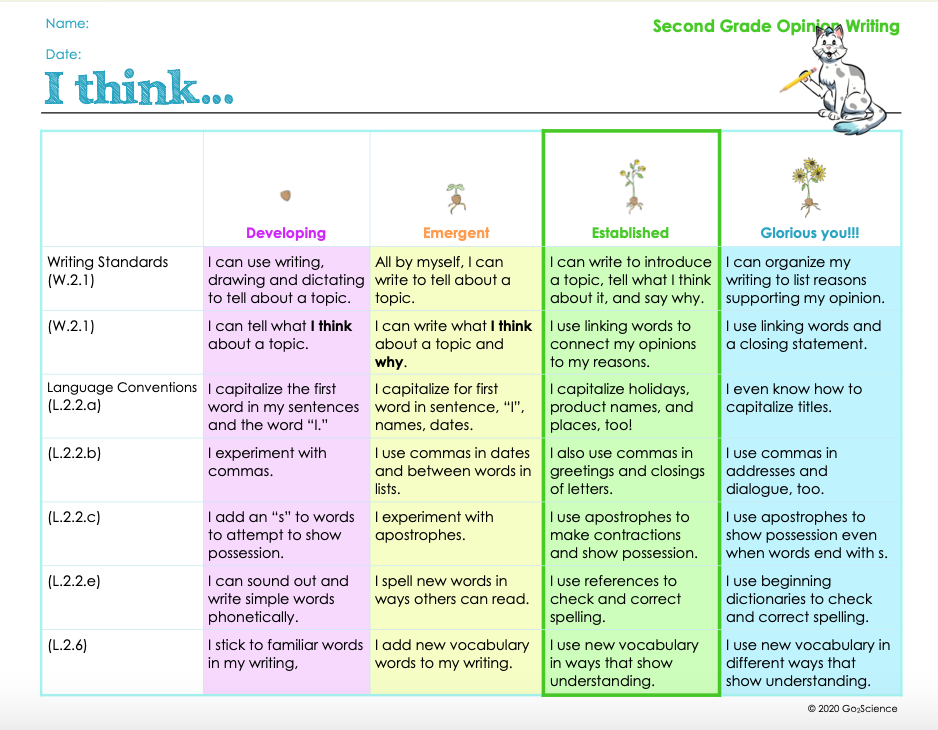
 RSS Feed
RSS Feed
